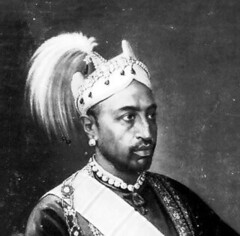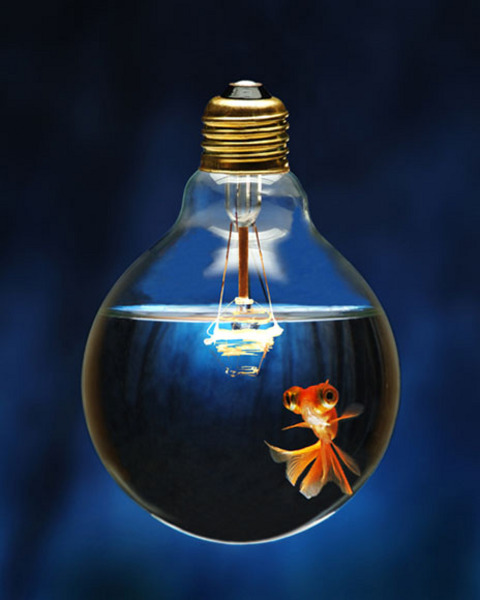The city is in jubilant mood since the opening of the Pooram Exhibition, one of the biggest trade Fairs in entire South India, which acts as the first curtain raiser. The tempo starts with the flag hosting and reaches its full spirit couple of days before the Pooram day, when the sample fireworks give us a cute little hint of the oncoming miraculous show. It had once started as a sample testing of the fireworks for any alternation or modification, but slowly, it turned out to be an event attracting very huge crowd.

Both Paramekkavu and Thiruvambady get busy crafting their high-end Parasols, Ornaments, etc, which results in the exhibition of the paraphernalia of elephant decorative, commonly known as the “Aana chamaya pradarshanam”, and this serves as a massive crowd puller in the last few hours before the great fun-filled journey.

Ritually you can add one more t the list of curtain raisers to the pooram. One of the participant temples Nethilakkavu Bhagavathi, presents herself in front of southern gopuram of Vadakunnathan in the early hours of the previous day of the pooram announcing her presence by blowing a conch; and then the gopuram opens and the Devi enters. Moreover, this is the only occasion when the southern gopuram doors are opened in the whole year, and is closed after the glittering Kudamattom. Nethilakkavu bhagavathi pays her respect to lord Vadakumnathan and comes out through western gopuram. There Devi announces the “pooram” by blowing the conch three times at Nilapaduthara (about 50 meters north of the western goupuram). Earlier this ritual was on the eve of “Kovilakathu pooram” which was conducted two days before the pooram.

Both Paramekkavu and Thiruvambady get busy crafting their high-end Parasols, Ornaments, etc, which results in the exhibition of the paraphernalia of elephant decorative, commonly known as the “Aana chamaya pradarshanam”, and this serves as a massive crowd puller in the last few hours before the great fun-filled journey.

Ritually you can add one more t the list of curtain raisers to the pooram. One of the participant temples Nethilakkavu Bhagavathi, presents herself in front of southern gopuram of Vadakunnathan in the early hours of the previous day of the pooram announcing her presence by blowing a conch; and then the gopuram opens and the Devi enters. Moreover, this is the only occasion when the southern gopuram doors are opened in the whole year, and is closed after the glittering Kudamattom. Nethilakkavu bhagavathi pays her respect to lord Vadakumnathan and comes out through western gopuram. There Devi announces the “pooram” by blowing the conch three times at Nilapaduthara (about 50 meters north of the western goupuram). Earlier this ritual was on the eve of “Kovilakathu pooram” which was conducted two days before the pooram.




